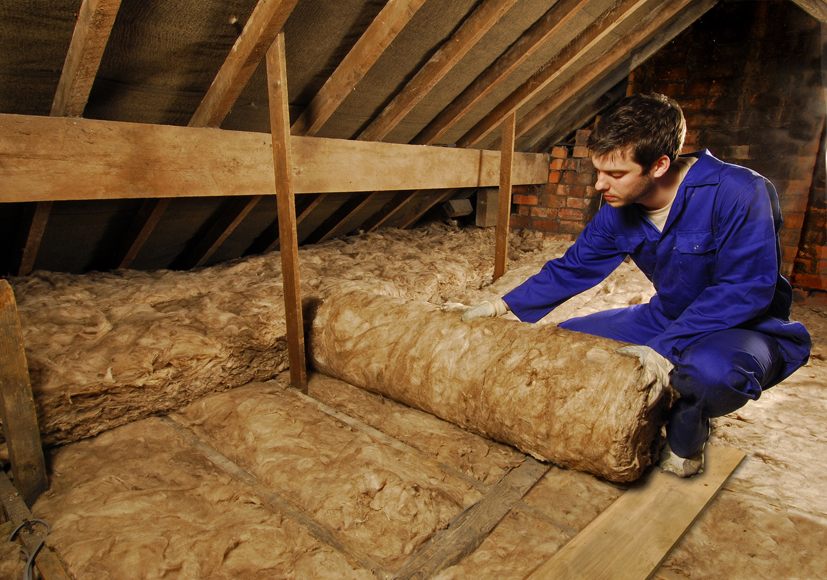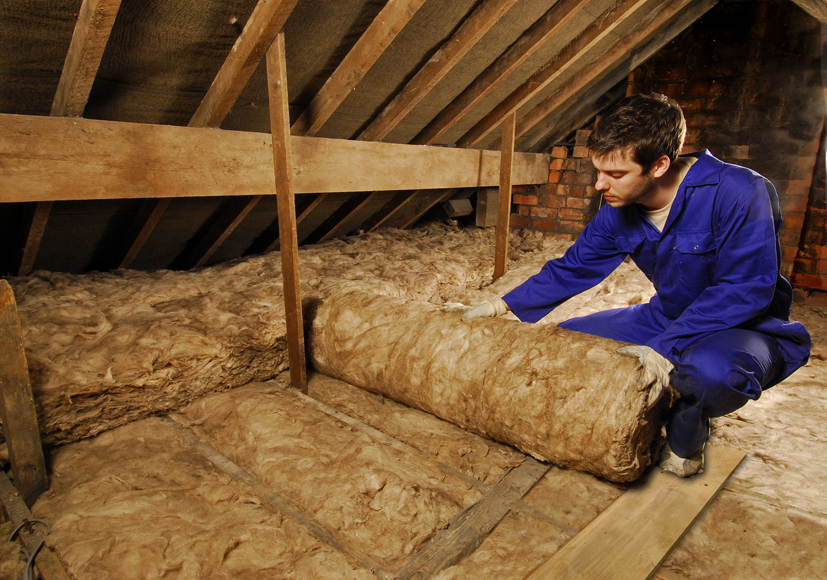
The best 6 insulation types for a loft conversion
Firstly, a loft conversion is a great way to add extra space to your home. As well as, adding an extra room to the house, a well-insulated conversion may also provide savings by reducing the energy bills. It is important to know about and choose the best type of insulation for your home.
Here are the 6 main insulation types:
Rigid foam (PIR/ PUR)-
Both PIR and PUR boards are made by mixing chemicals with a blowing agent. However, this forms large rigid blocks which are low density, closed-cell insulation sheets. The gas which is trapped in the closed-cell of the insulation has a very low thermal conductivity.
Extruded polystyrene –
So, extruded polystyrene is rigid insulation that has also formed with polystyrene polymer, but manufactured using an extrusion process. . This means that there will be no further movement of the foam. Ensuring that it will retain its final structure and thermal values.
Mineral wool (glass/ stone) –
Mineral wool is available in rolls or slabs. It is man-made from a range of materials including, recycled glass and fibers. In addition, mineral wool is a porous material that traps the air, making it one of the best insulating materials. It is also good because it doesn’t fuel fire or propagates flames.
Multi-foil insulation –
Multi-foil is thin reflective layers of insulation. The layers are separated by wadding and foam. This insulation is perfect for preventing radiant heat loss.
Expanded polystyrene –
Also, expanded polystyrene often known as Styrofoam is produced by the expansion of beads. These beads contain pentane as a blowing agent. In addition, This closed-cell structure provides minimal water absorption and low vapor permanence.
Phenolic foams –
Finally, phenolic insulation is made by a process in which plastic foam forms. It creates an insulating core between two flexible layers.
This insulation is perfect for preventing radiant heat loss.

Mineral wool is available in rolls or slabs. It is man-made from a range of materials including, recycled glass and fibers. In addition, mineral wool is a porous material that traps the air, making it one of the best insulating materials.





